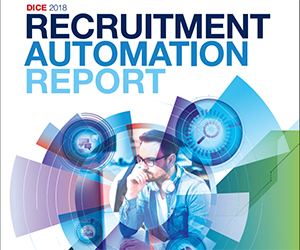How Candidate Sourcing AI Is Changing Recruiting | ClearCompany
ClearCompany HRM
JULY 22, 2025
Artificial intelligence (AI) has turned traditional candidate sourcing on its head, streamlining the recruiting process and improving the candidate experience. 73% of talent acquisition teams agree it’s changing the way companies hire. 🔍 AI makes hiring so much easier! 🔍 AI makes hiring so much easier!























































Let's personalize your content